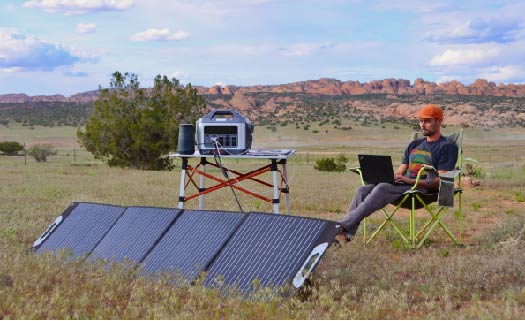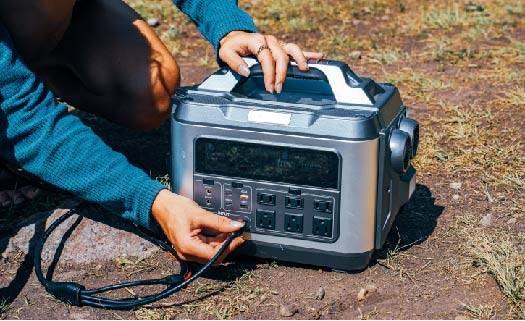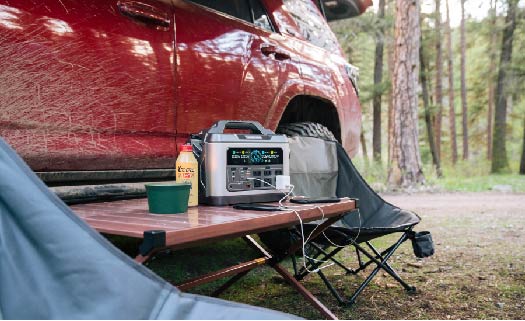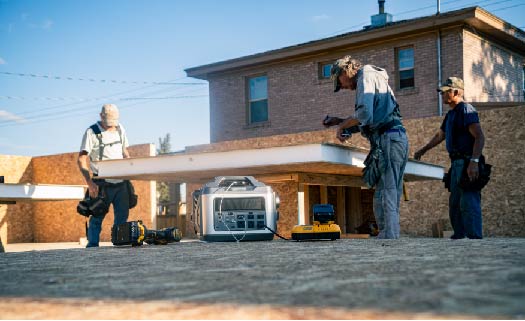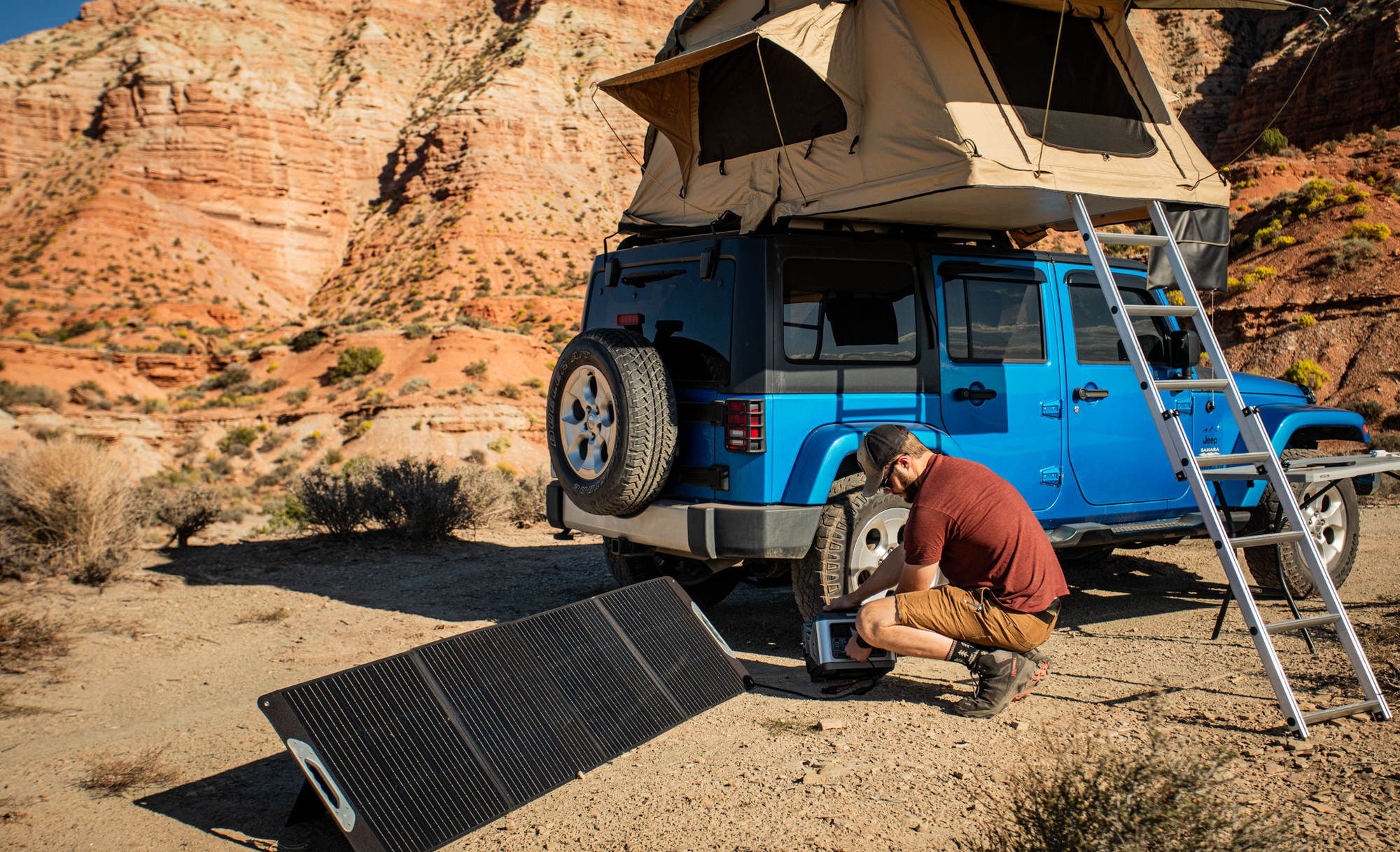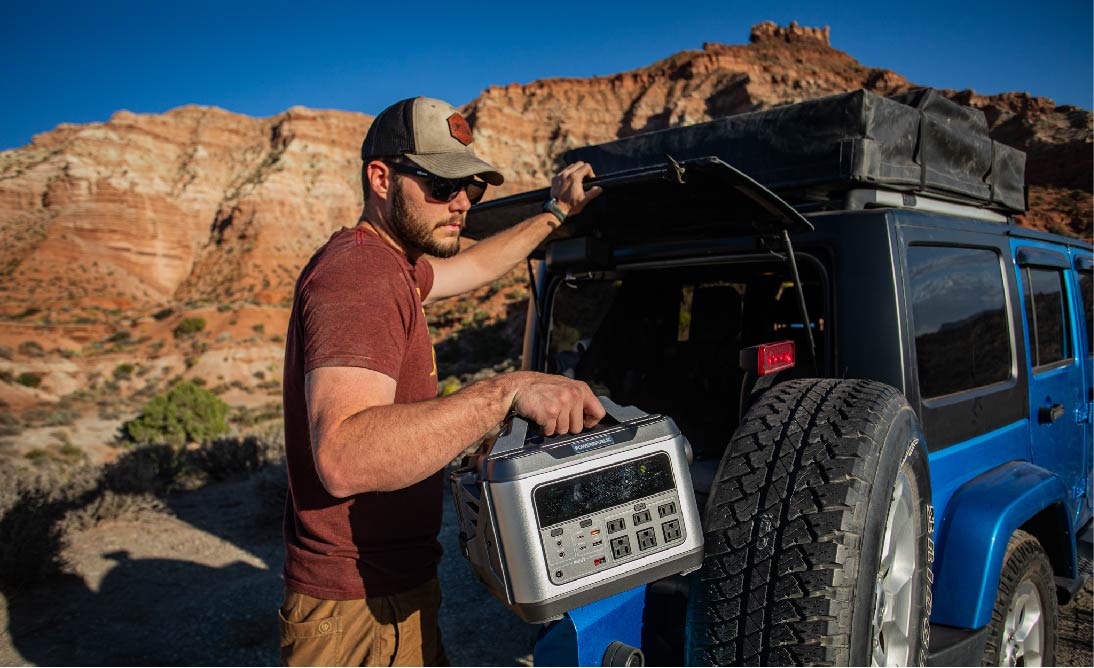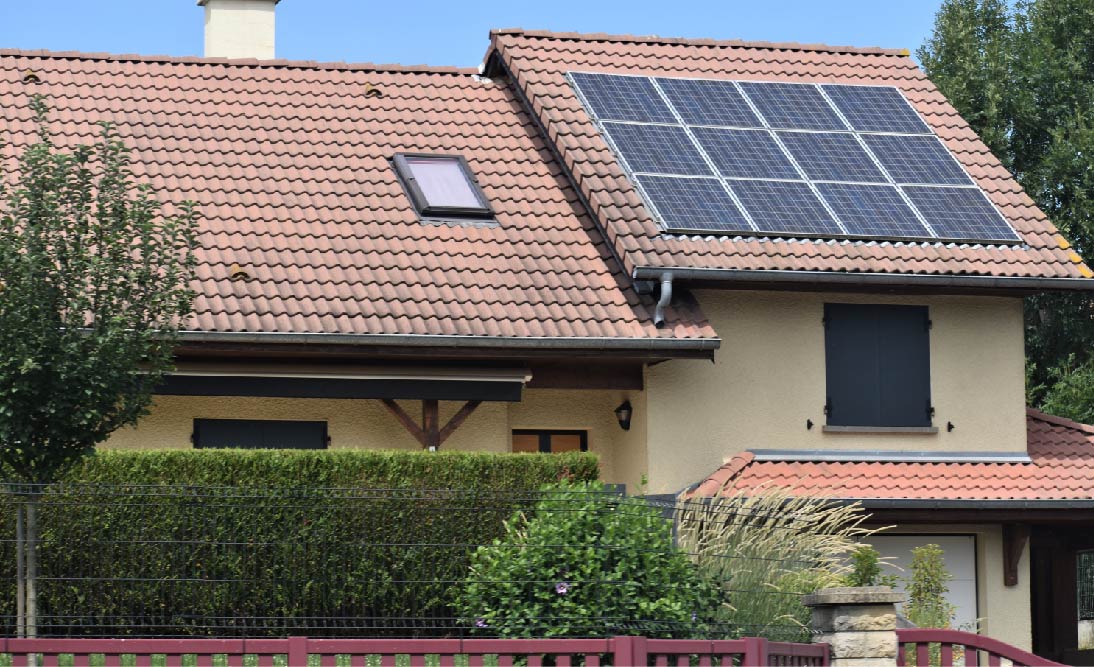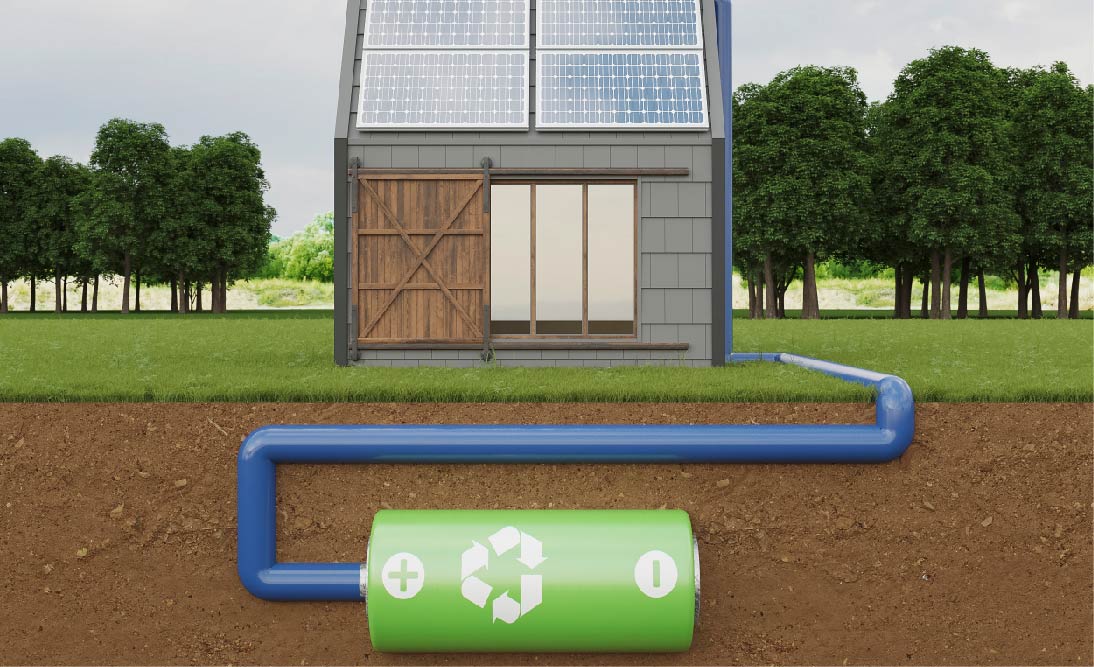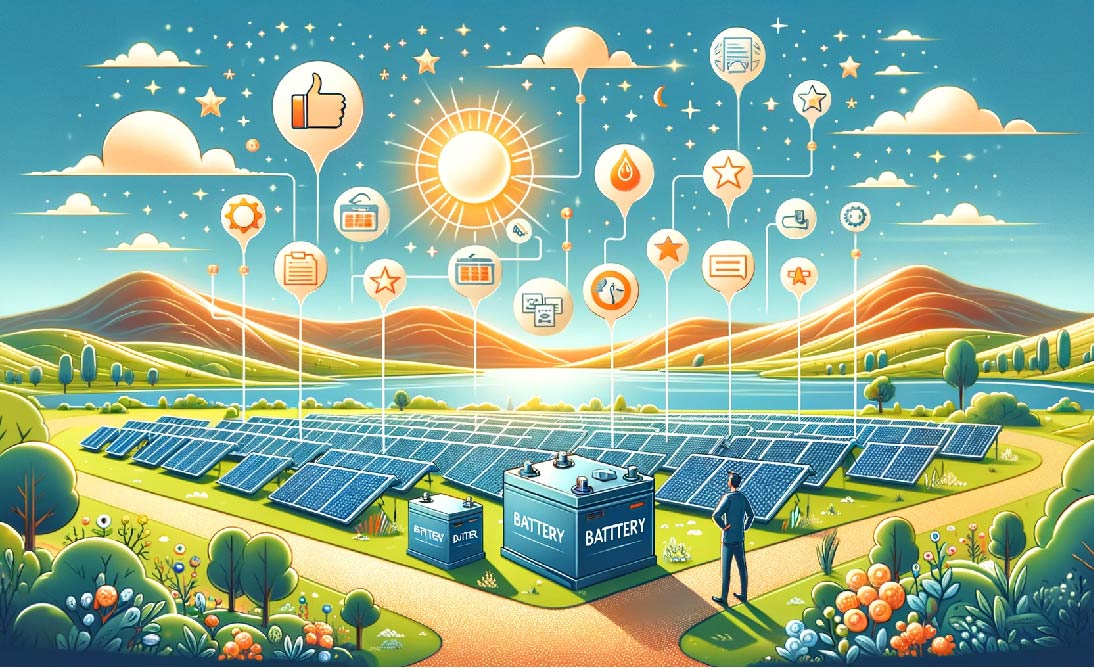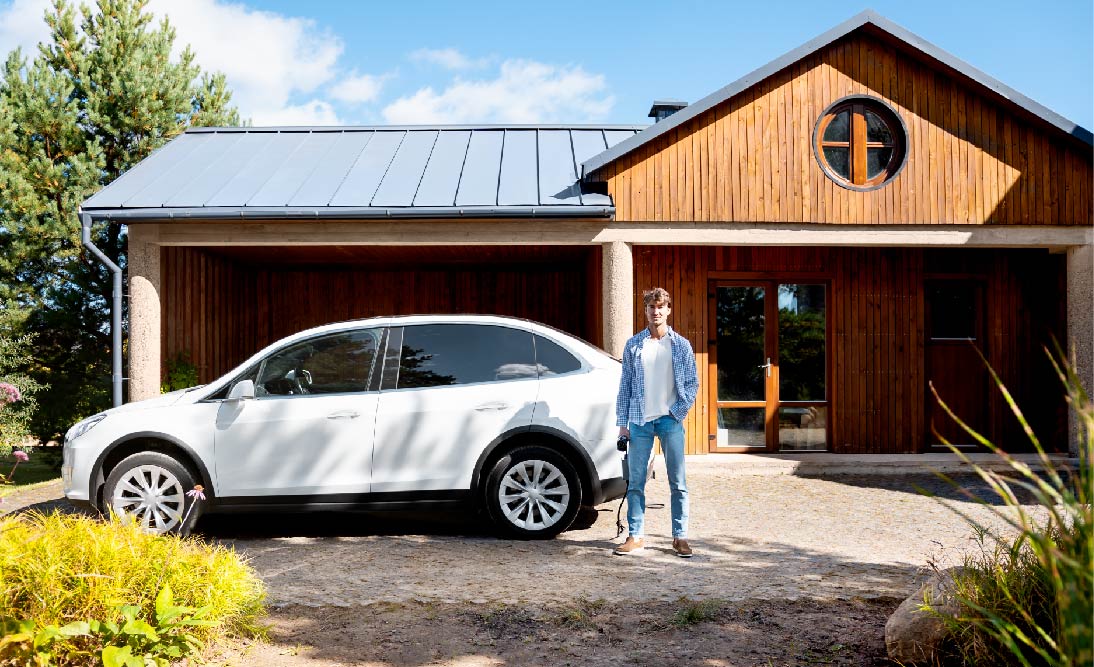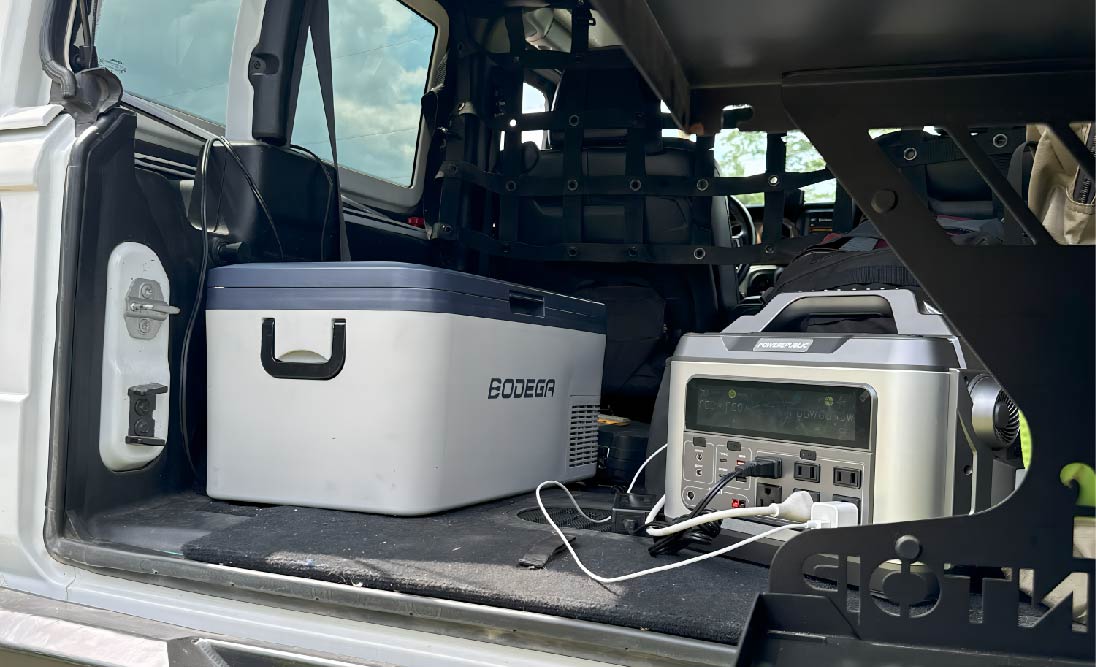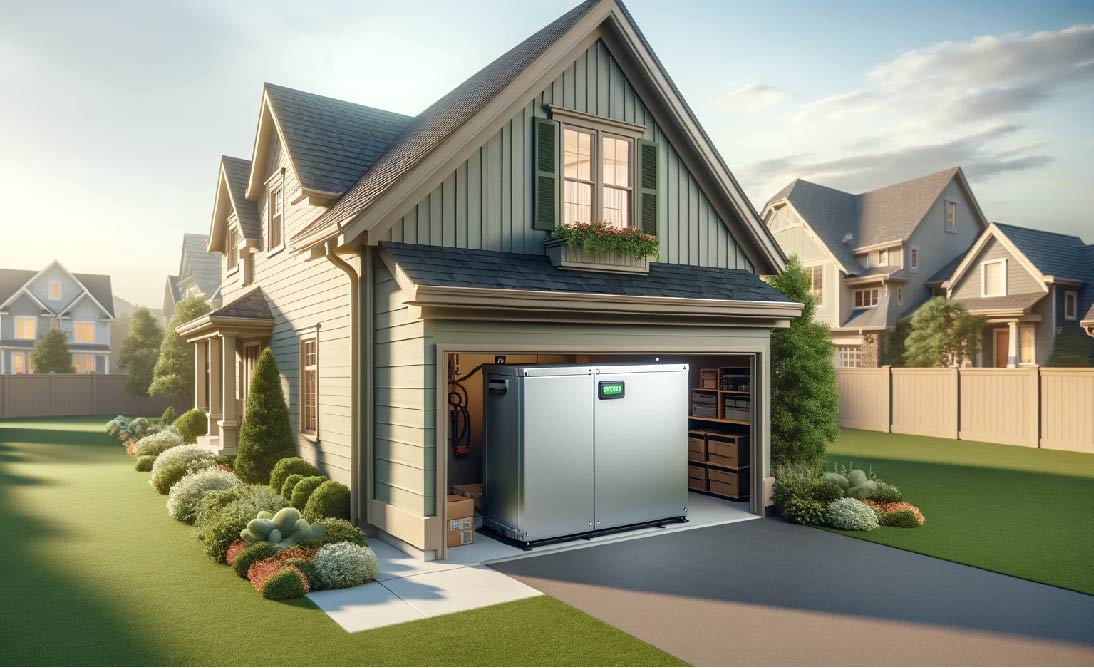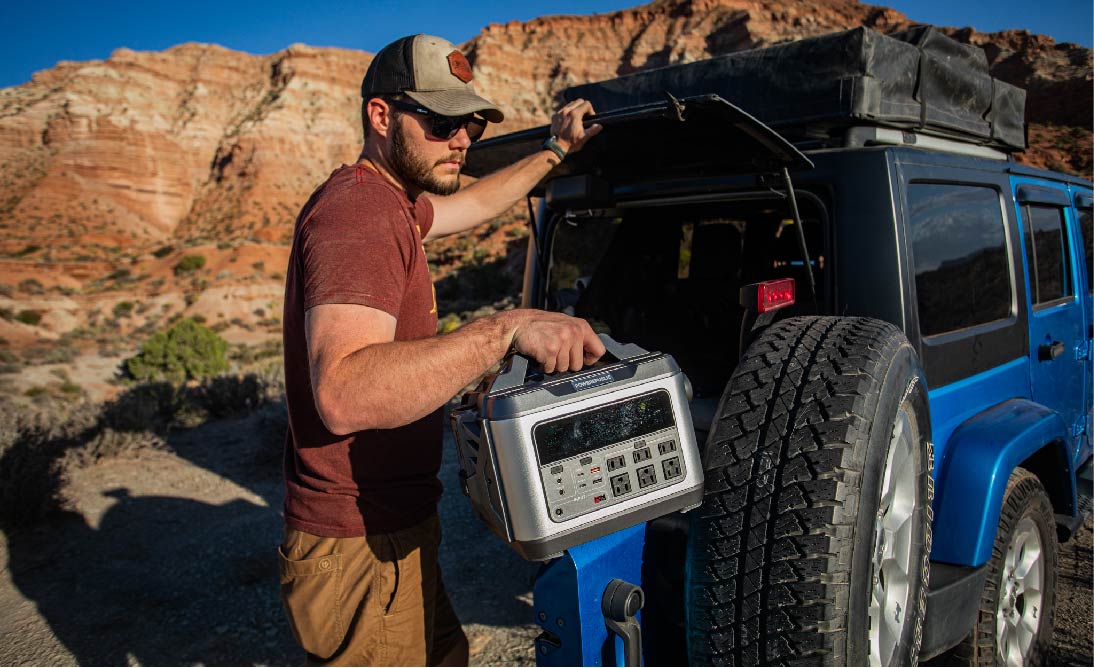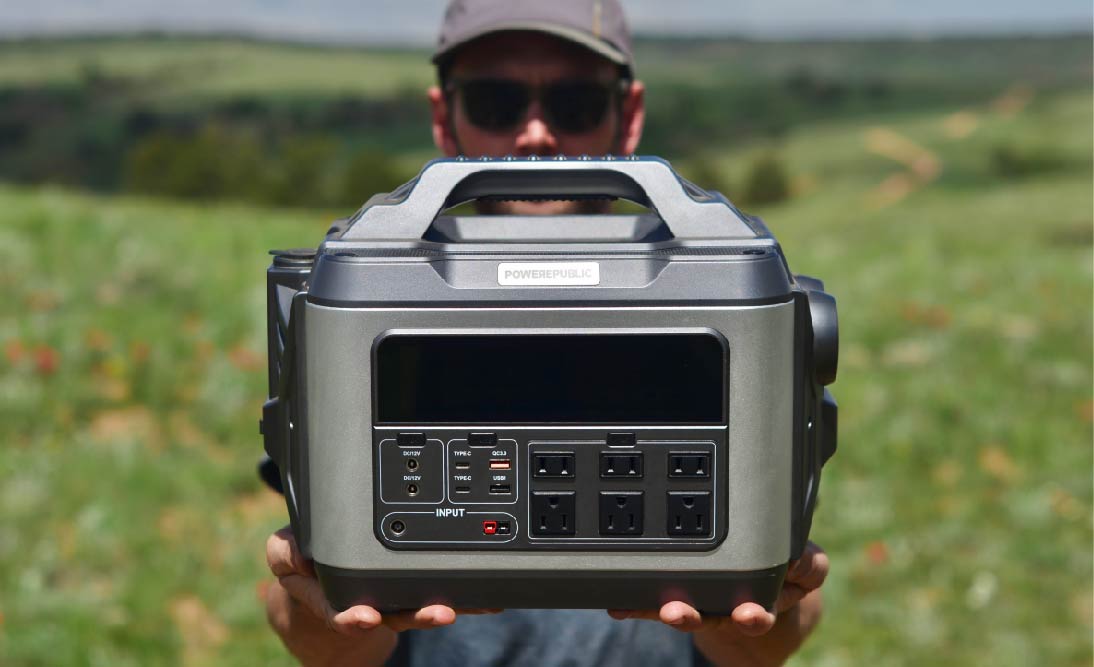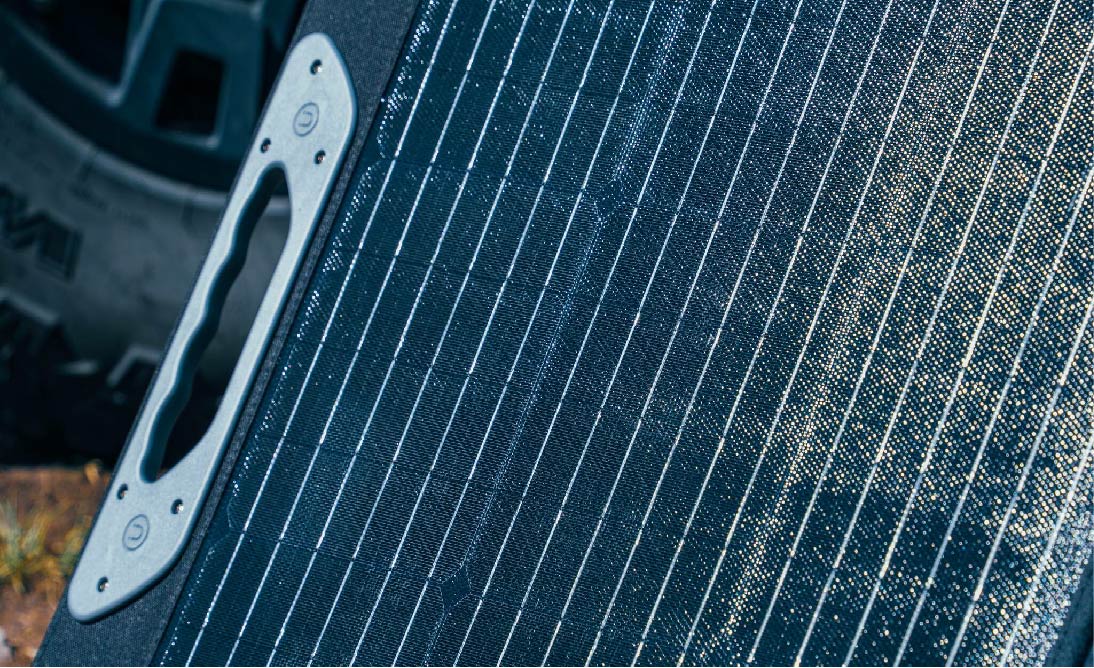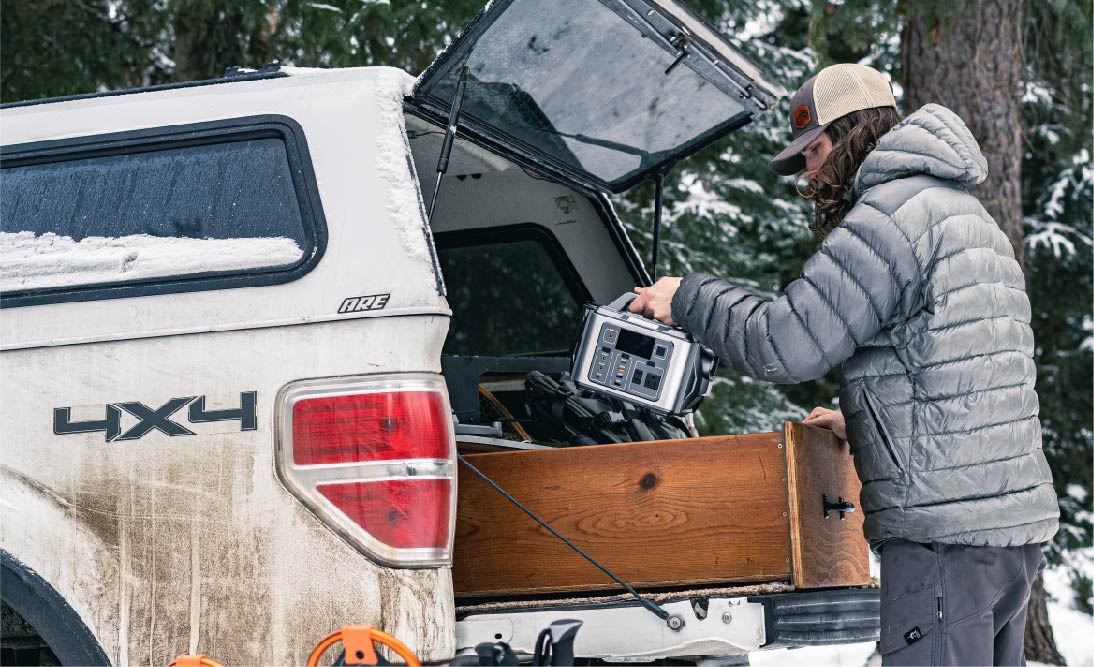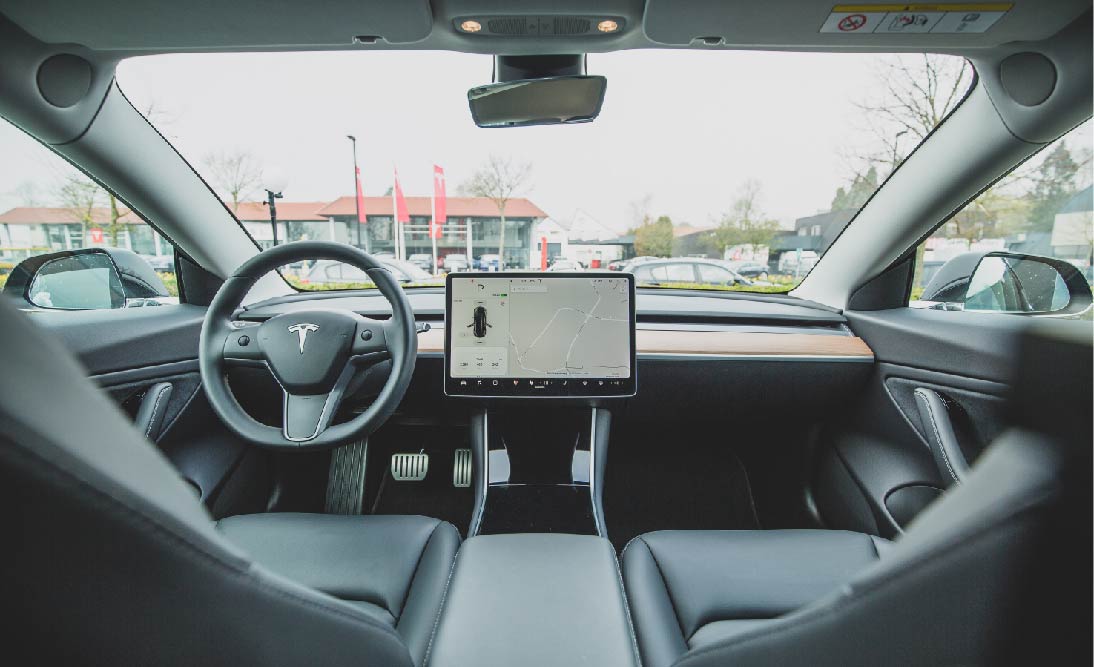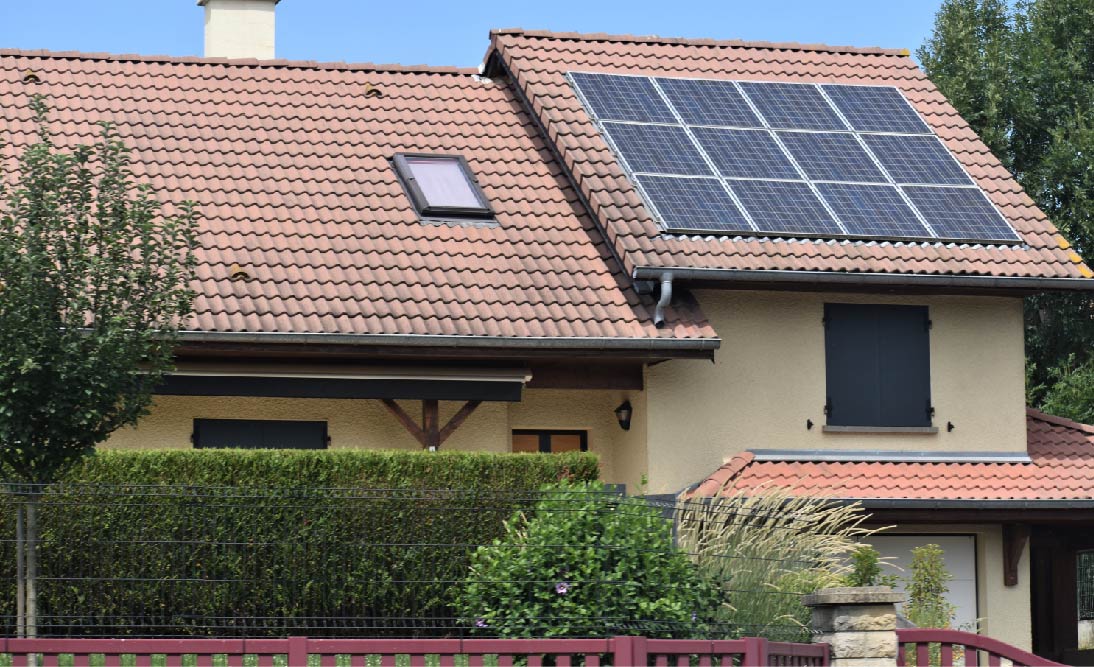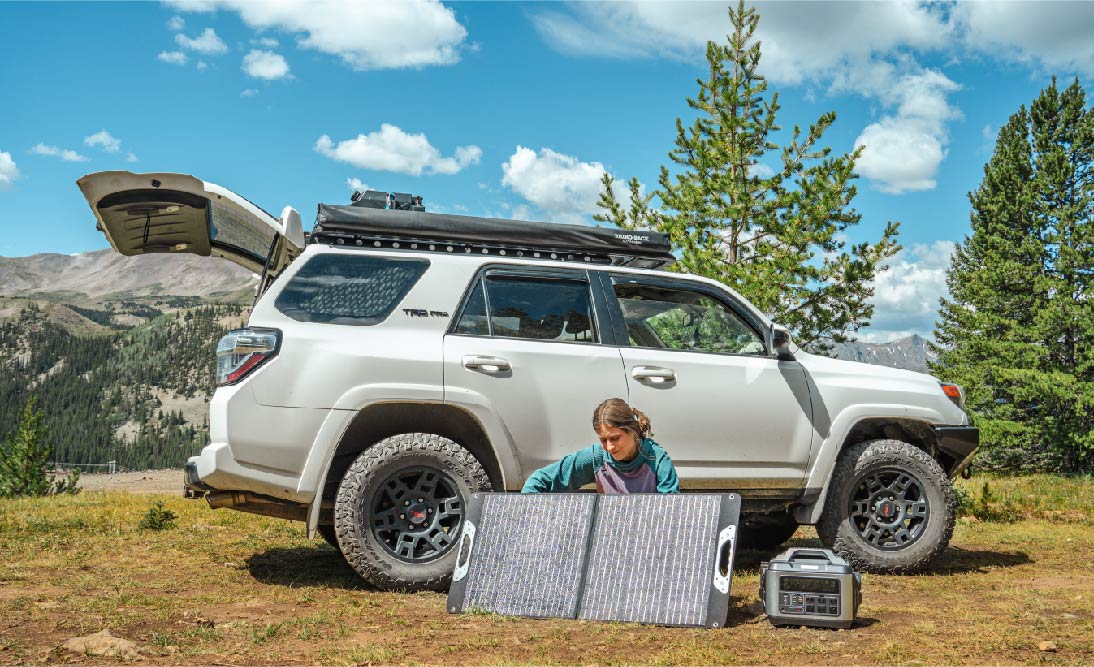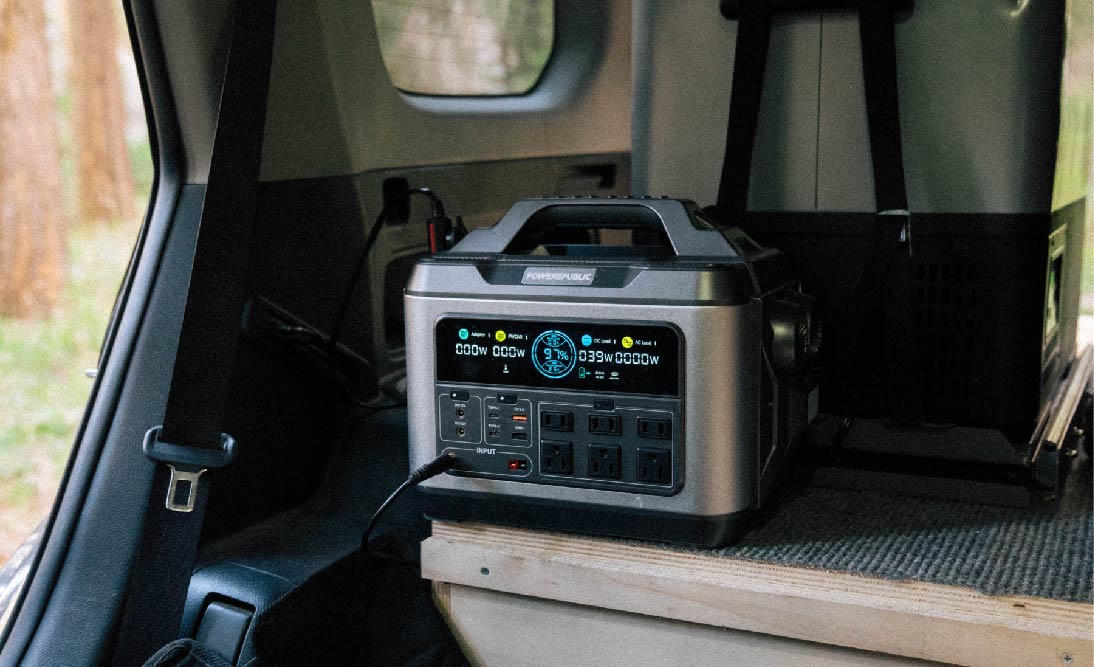Table of Contents:
Tesla, a leading company in electric vehicles, has become widely applied all over the world. Besides charging using power stations, many people are curious about whether they can use solar panels to recharge a Tesla for convenience.
So the question arises: Can I use solar panels to charge a Tesla, and how many do I need? The answer is yes. However, for the number of solar panels required, you may need to consider how fast you want to charge the Tesla and whether you can have that many solar panels to do so.
Can I Use Solar Panels to Charge a Tesla?

Yes, you can use solar panels to charge a Tesla. This method of charging is not only eco-friendly but also aligns well with the sustainable ethos of electric vehicles. Here's a detailed breakdown of how it works and what you need to consider:
1. Understanding Solar Energy and EV Charging:
-
Solar Panels: Solar panels convert sunlight into electricity. The amount of electricity they can generate depends on factors like panel efficiency, size, and the amount of sunlight they receive.
-
Electric Vehicle (EV) Charging: Charging an EV like a Tesla involves transferring electrical energy from a source (in this case, solar panels) to the car's battery.
2. Components Needed:
-
Solar Panels: The primary source of electricity.
-
Inverter: Converts direct current (DC) from solar panels to alternating current (AC) for home use and EV charging.
-
EV Charger: Connects the Tesla to your home's electrical system for charging.
-
Battery Storage (Optional): Stores solar energy for use when the sun isn't shining, like during nighttime or cloudy days.
3. Calculating the Number of Solar Panels:
The number of solar panels you need depends on:
-
Tesla's Battery Capacity: Larger batteries require more energy to charge.
-
Solar Panel Output: Higher efficiency panels generate more electricity.
-
Sunlight Availability: More sunlight means more energy production.
-
Charging Frequency and Distance Driven: Regular long trips mean higher energy demands.
4. Charging Speed:
-
Standard Home Charging: Using a 240V outlet, a Tesla can be charged at a rate of about 11.5 kW. This is slower than Tesla's Superchargers but is suitable for overnight charging.
-
Solar Panel Limitations: The actual charging speed with solar panels depends on the panel system's size and efficiency. The average residential solar panel setup might produce around 5 to 10 kW during peak sunlight hours, but this decreases with less sunlight.
5. Practical Considerations:
-
Space: Solar panels require significant space. Ensure you have enough room for the number of panels needed.
-
Cost: The upfront cost for solar panels and installation can be high, though this can be offset by long-term energy savings and potential government incentives.
-
Location: Geographic location affects sunlight availability and, consequently, solar energy generation.
6. Environmental Impact:
Charging your Tesla with solar panels significantly reduces your carbon footprint compared to using electricity from the grid, especially if the grid is still heavily reliant on fossil fuels.
Overall, charging a Tesla with solar panels is feasible and environmentally friendly. It requires a suitable setup of solar panels, an inverter, and possibly a battery storage system. The number of panels needed varies based on the Tesla model, panel efficiency, and your driving and charging habits. While the initial setup can be costly and space-consuming, the long-term benefits, both financially and environmentally, can be substantial.
How Many Solar Panels Do I Need?

To determine how many solar panels are required to charge a Tesla Model X and Model Y, several factors need to be considered, including:
Battery Capacity of the Tesla Models:
-
Tesla Model X: The Model X has a battery capacity of approximately 100 kWh.
-
Tesla Model Y: The Model Y offers battery options, typically around 75 kWh.
Charging Efficiency:
-
Charging a Tesla isn’t 100% efficient; some energy is lost in the process. Assuming an efficiency of around 90%, we would need to generate more electricity than the battery capacity.
Solar Panel Specifications:
-
Average solar panels produce about 250 to 400 watts per hour. For simplicity, let's consider a 300-watt panel.
Average Daily Sunlight Hours:
-
This varies based on location. An average of 5 hours of effective sunlight per day is a common estimate in many areas. 300W*5hours=1.5kWh.
Energy Needs:
-
How often and how far you drive will determine how often you need to charge.
Calculations:
Energy Requirement:
-
For Model X (100 kWh battery): Energy Required=100 kWh/0.9=1 kWh
-
For Model Y (75 kWh battery): Energy Required=75 kWh/0.9=3 kWh
Solar Panel Output per Day:
-
Daily Output per Panel=300 watts×5 hours=1500 Wh=1.5 kWh
Number of Panels Required:
-
For Model X: Number of Panels=111.1 kWh/5 kWh=75 pieces
-
For Model Y: Number of Panels=83.3 kWh/5 kWh= 56 pieces
Let's calculate the exact number of solar panels needed for each model.
To charge a Tesla Model X and Model Y using solar panels, the number of panels required would be as follows:
-
For the Tesla Model X (with a 100 kWh battery), approximately 75 pieces of 300-watt solar panels are needed.
-
For the Tesla Model Y (with a 75 kWh battery), approximately 56 pieces of 300-watt solar panels are required.
These calculations are based on using 300-watt solar panels and an average of 5 hours of effective sunlight per day. It's important to note that these numbers can vary based on factors like local sunlight conditions, panel efficiency, and individual driving habits.
Benefits and Limitations Using Solar Panels to Charge a Telsa

Using solar panels to charge a Tesla offers a sustainable and potentially cost-effective way to power an electric vehicle, aligning with the environmental ethos of EVs. However, it requires careful consideration of the upfront investment, space requirements, location, and individual energy needs. Despite the limitations, the long-term benefits, particularly in reducing carbon emissions and energy costs, can be significant for many Tesla owners.
Benefits of Using Solar Panels to Charge a Tesla
-
Environmental Impact: Charging a Tesla with solar panels significantly reduces your carbon footprint. It's a clean, renewable source of energy that doesn't rely on burning fossil fuels, unlike much of the power from the electrical grid.
-
Cost-Effectiveness in the Long Run: Although the initial setup can be expensive, solar panels can lead to significant energy cost savings over time. The sun's energy is free, and after the initial investment, you're essentially charging your Tesla at no ongoing cost.
-
Energy Independence: By using solar panels, you become less reliant on the grid and fluctuating energy prices. This can be particularly beneficial in areas with high electricity costs or unreliable power supplies.
-
Increased Home Value: Homes equipped with solar panel systems have been found to have increased property values and are often more attractive to potential buyers.
-
Potential for Net Metering: In some locations, you can benefit from net metering, where excess energy generated by your solar panels is sent back to the grid, and you receive credit from your utility company.
-
Quiet and Convenient Home Charging: Solar panels enable the convenience of home charging without the noise or air pollution associated with fossil fuel-based energy sources.
Limitations of Using Solar Panels to Charge a Tesla
-
Initial High Cost: The upfront cost for purchasing and installing solar panels, along with an EV charger and possibly a battery storage system, can be substantial.
-
Space Requirements: A significant amount of roof or land space is needed to install enough solar panels to effectively charge a Tesla, which might not be feasible for everyone.
-
Dependency on Weather and Location: Solar panel efficiency heavily depends on your geographic location and the weather. Less sunlight means reduced energy production, which can be challenging in areas with long winters or frequent cloudy days.
-
Charging Speed: Charging a Tesla with solar panels is generally slower than using a Supercharger or high-power wall connector, especially if the solar panel system is not large enough.
-
Maintenance: While generally low, solar panels do require some maintenance to ensure they are functioning efficiently, including regular cleaning and occasional repairs.
-
Battery Storage Cost: If you opt for battery storage to use solar energy at night or on cloudy days, this adds additional costs and maintenance considerations.
-
Energy Production Variability: Solar energy production can be unpredictable and varies not just seasonally but also daily, depending on weather conditions.
Final Thoughts
In conclusion, the questions of “Can I use solar panels to charge a Tesla?” and "How many solar panels to charge a Tesla" hinges on various factors, including the specific Tesla model, solar panel efficiency, geographical location, and individual driving and charging habits. For Tesla Model X and Model Y, approximately 75 and 56 pieces of 300-watt solar panels respectively are generally needed, considering an average of 5 hours of effective sunlight per day. This estimation underscores the feasibility of using solar panels as a sustainable charging solution for Teslas, offering benefits like reduced carbon footprint, long-term cost savings, energy independence, and increased property value.
However, it's important to consider the limitations, such as the initial high cost, space requirements, dependency on weather conditions, slower charging speeds, maintenance needs, and potential battery storage costs. Balancing these benefits and limitations, solar panel charging presents an environmentally friendly option that aligns with the ethos of electric vehicles, making it a viable choice for Tesla owners looking to further reduce their environmental impact and embrace clean energy.












